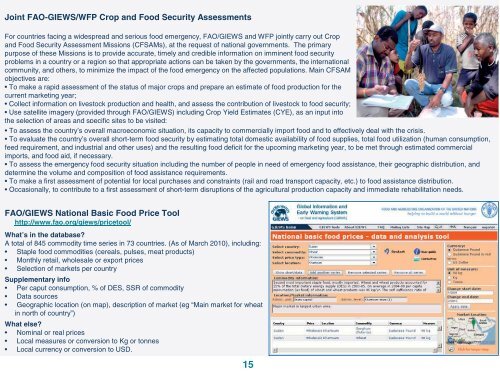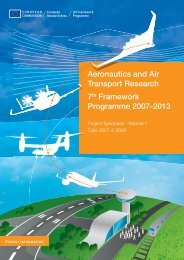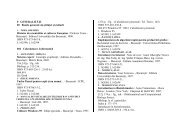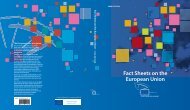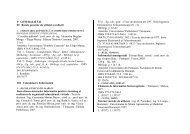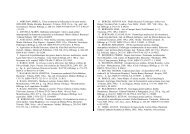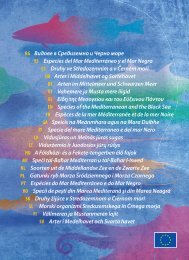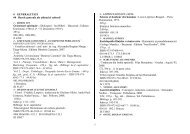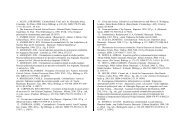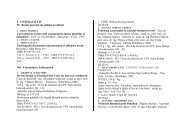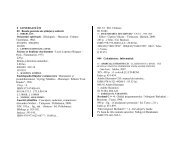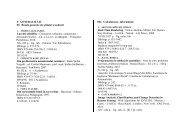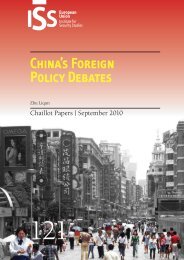15 The Cropland Data Layer (CDL)
15 The Cropland Data Layer (CDL)
15 The Cropland Data Layer (CDL)
Create successful ePaper yourself
Turn your PDF publications into a flip-book with our unique Google optimized e-Paper software.
Joint FAO-GIEWS/WFP Crop and Food Security Assessments<br />
For countries facing a widespread and serious food emergency, FAO/GIEWS and WFP jointly carry out Crop<br />
and Food Security Assessment Missions (CFSAMs), at the request of national governments. <strong>The</strong> primary<br />
purpose of these Missions is to provide accurate, timely and credible information on imminent food security<br />
problems in a country or a region so that appropriate actions can be taken by the governments, the international<br />
community, and others, to minimize the impact of the food emergency on the affected populations. Main CFSAM F<br />
objectives are:<br />
• To make a rapid assessment of the status of major crops and prepare an estimate of food production for the<br />
current marketing year;<br />
• Collect information on livestock production and health, and assess the contribution of livestock to food security;<br />
• Use satellite imagery (provided through FAO/GIEWS) including Crop Yield Estimates (CYE), as an input into<br />
the selection of areas and specific sites to be visited;<br />
• To assess the country’s overall macroeconomic situation, its capacity to commercially import food and to effectively deal with the crisis.<br />
• To evaluate the country’s overall short-term food security by estimating total domestic availability of food supplies, total food utilization (human consumption,<br />
feed requirement, and industrial and other uses) and the resulting food deficit for the upcoming marketing year, to be met through estimated commercial<br />
imports, and food aid, if necessary.<br />
• To assess the emergency food security situation including the number of people in need of emergency food assistance, their geographic distribution, and<br />
determine the volume and composition of food assistance requirements.<br />
• To make a first assessment of potential for local purchases and constraints (rail and road transport capacity, etc.) to food assistance distribution.<br />
• Occasionally, to contribute to a first assessment of short-term disruptions of the agricultural production capacity and immediate rehabilitation needs.<br />
FAO/GIEWS National Basic Food Price Tool<br />
http://www.fao.org/giews/pricetool/<br />
What’s in the database?<br />
A total of 845 commodity time series in 73 countries. (As of March 2010), including:<br />
• Staple food commodities (cereals, pulses, meat products)<br />
• Monthly retail, wholesale or export prices<br />
• Selection of markets per country<br />
Supplementary info<br />
• Per caput consumption, % of DES, SSR of commodity<br />
• <strong>Data</strong> sources<br />
• Geographic location (on map), description of market (eg “Main market for wheat<br />
in north of country”)<br />
What else?<br />
• Nominal or real prices<br />
• Local measures or conversion to Kg or tonnes<br />
• Local currency or conversion to USD.<br />
<strong>15</strong>


